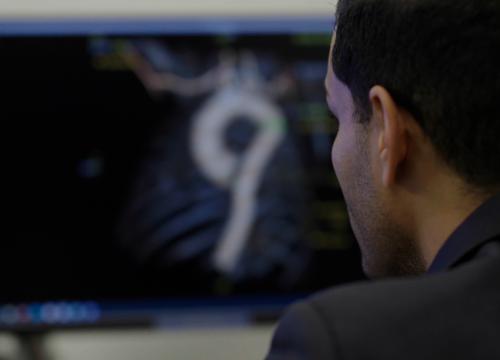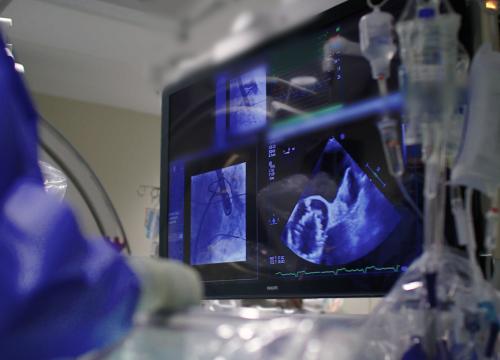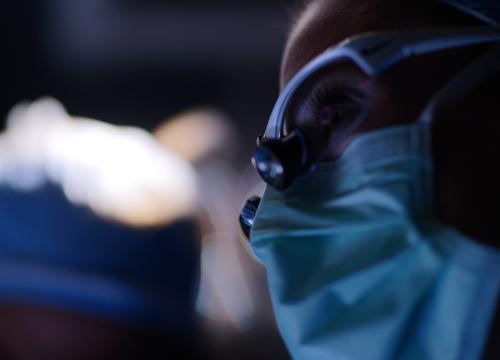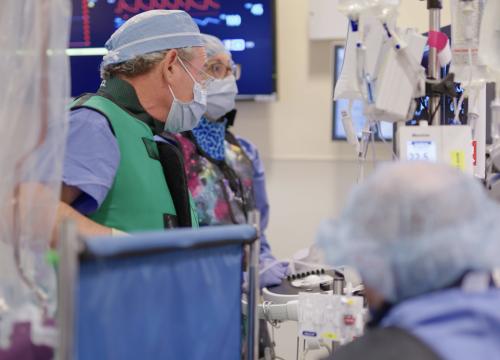If you have a pacemaker or implantable cardioverter defibrillator (ICD), you have special wires, called leads, inside your heart that deliver the energy from your device to the heart muscle. A lead extraction represents the removal of one or more leads from inside the heart (leads that are placed outside the heart during open-heart surgery cannot be removed during this procedure).
The reason for having a lead extraction procedure varies from person to person.
If you’re scheduled to have the procedure, a member of our team has determined that your lead or leads need to be removed due to one or more of the following:
- Damage to one of your leads that could result in fracture (breakage of the metal coil that transmits the electrical impulse) or breakage of the outside insulation resulting in a short circuit
- Infection at the site of your device (the pocket) and/or leads, including device or lead erosion through the skin
- Occlusion (blockage) of the vein through which the leads were placed by a clot or scar tissue, causing the need for the addition of a new lead (device upgrade)
- To avoid abandonment of a lead when a device upgrade is necessary, especially with the MRI compatible devices
- Complete system removal required for radiation therapy at the area in the treatment for cancer
The procedure will be performed via the same site and vein by which the leads were implanted. Usually the leads are dissected from the scar tissue that anchors them in the vessels and heart using laser energy. For that reason, we refer to the procedure as “laser lead extraction.”
A special sheath (tube) that has optic fibers on its circumference is placed inside your vein, threaded over the lead, and is guided to its tip (where it attaches to your heart.) A laser light runs through those fibers and micron by micron cuts the scar around the lead.
This technique is successful in removing the leads in most cases. In rare cases, other tools, such as a sheath with a mechanical drill-like tip and a lasso-like snare can be used, or different vein approach (femoral) is considered.
In most cases, after the affected lead is removed, new lead/leads are reinserted during the same procedure. Sometimes, in cases of infections and if your heart is dependent on a pacemaker to provide impulse for the heart to beat, then a temporary lead is left into the heart and is externally connected to an impulse generator. Also, the pocket of the previous device might be left open inside to drain the infection.
















